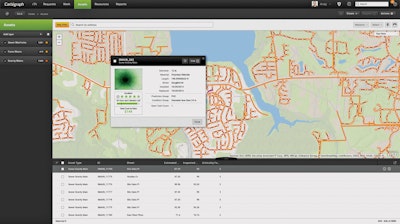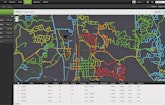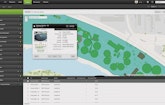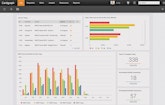For most utilities, stronger asset management is the key to system and operational improvement. Get the most out of each asset, and you’ll gain greater overall efficiency.
That’s were Cartegraph comes in. Cartegraph asset management software can help municipal water and...












